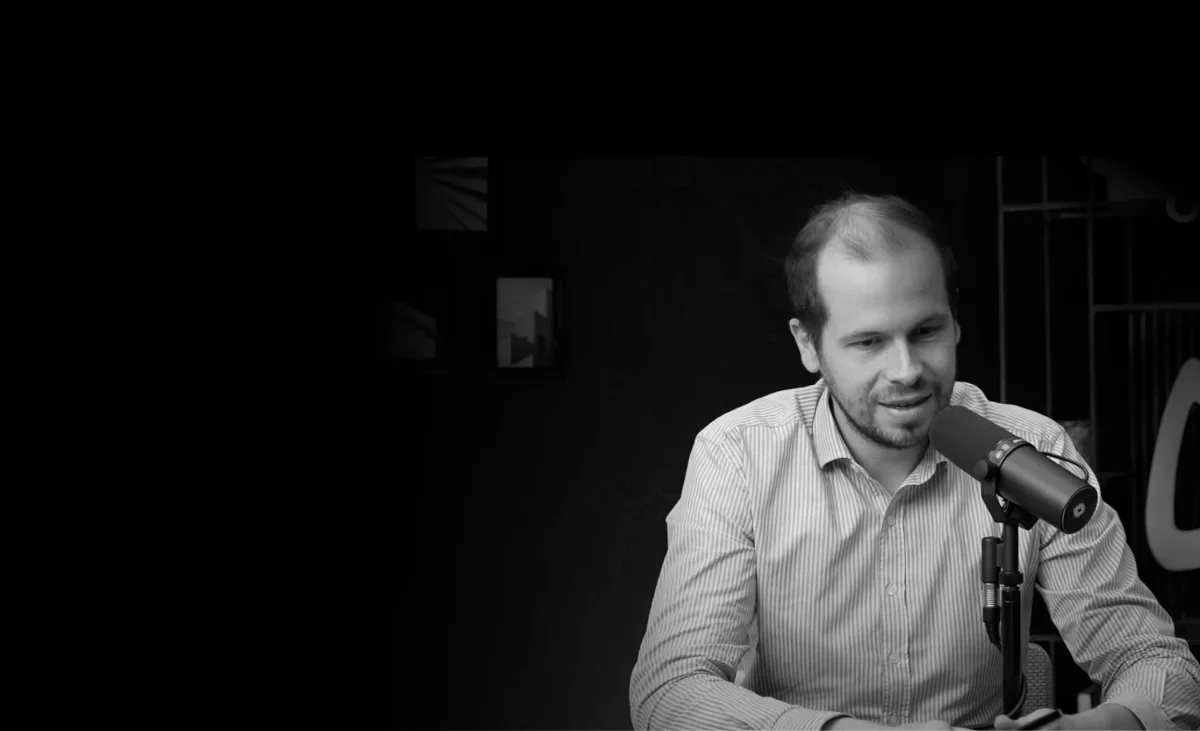Our videos dive into business growth, operational excellence, and concrete strategies to scale your company. Real-world case studies, expert interviews, and actionable advice: follow us to accelerate your growth journey.

Our videos dive into business growth, operational excellence, and concrete strategies to scale your company. Real-world case studies, expert interviews, and actionable advice: follow us to accelerate your growth journey.
In this fourth episode, Maxime Nicolas speaks with Guillaume Dreyfuss, Managing Partner at Silamir, on a central theme: the performance of SMEs and mid-sized companies. Together, they explore the drivers, levers, and above all the concrete execution that enables businesses to remain competitive in an uncertain environment.
Silamir stands out through its hybrid approach: both a strategy consulting firm and a digital player, with teams capable of analyzing, framing, and implementing technological solutions. Over the past ten years, the company has grown from 30 to 700 employees, supporting both family-owned SMEs and CAC 40 corporations. What makes it unique, according to Guillaume, is the constant link between strategic vision and operational grounding—avoiding the trap of “slides with no follow-through.”
Why strive for better performance when everything seems to be going well? For Guillaume, the answer is clear: to ensure sustainability. In a context marked by economic, geopolitical, and technological uncertainty, performance becomes a daily exercise. For investors, it’s also about maximizing enterprise value, while for family businesses there is often a strong responsibility toward employees. Performance is therefore not only financial, but also social and environmental.
Performance thinking breaks down along two axes: the top line (revenue growth) and the bottom line (cost optimization).
On the revenue side, this means staying close to customers, strengthening sales effectiveness, and making better use of data—too often underexploited. Guillaume cites concrete examples: identifying cross-sell opportunities by linking disparate CRMs, or modeling sales processes to boost conversion rates.
On the cost side, the approach involves mapping activities, distinguishing those that truly create value, and leveraging process mining, automation, or AI to reduce waste. The gains are often immediate and recurring, such as lowering costly incidents on construction sites or rationalizing IT tools.
One key takeaway: execution is too often underestimated. Strategy may be brilliant, but without disciplined implementation and follow-up, nothing changes. Guillaume stresses the need to give meaning, root transformation in customer expectations, and ritualize performance management with clear indicators. Mobilization comes through adapted pedagogy and alignment with company culture, rather than abstract financial goals.
Beyond the top line and bottom line, Guillaume highlights a third dimension: the green line. Cutting carbon footprints through smarter cloud management, optimizing AI models, or innovating in circular economy initiatives—all strengthen financial performance while aligning the company with broader commitments. But as he reminds us, ecological or social performance must first rest on a solid economic foundation.